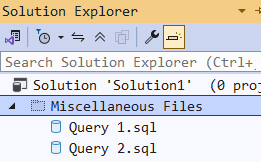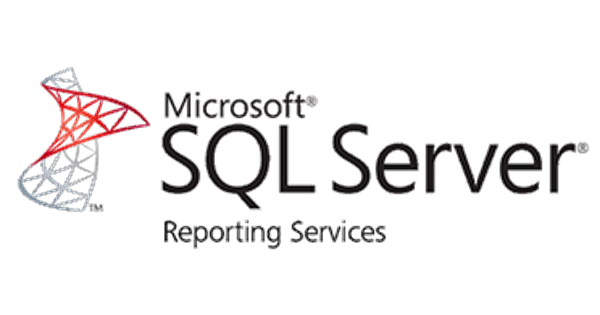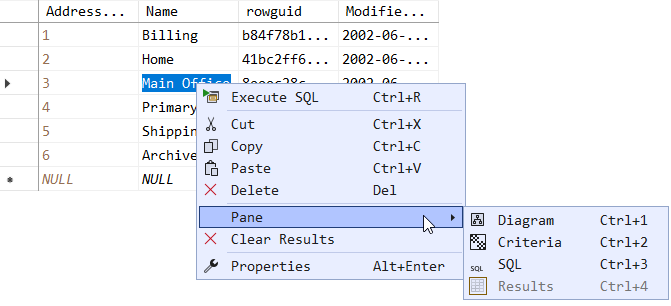
SSMS Tips and Tricks 7-19: Comparing scripts and other files
When you create a new query file in SSMS, it automatically becomes part of a solution. You can view it in Solution Explorer. In this example, I have created two query files, and renamed the tabs without saving them, as Query 1 and Query 2:

They are in the Miscellaneous Files section as they weren’t part of a script project.
SSMS can now compare multiple files. If I highlight both the files, and right-click, I get this option:
2025-12-11




